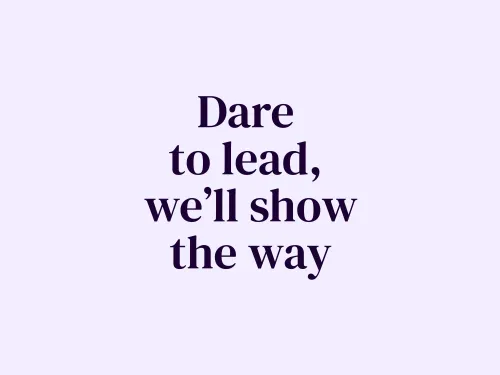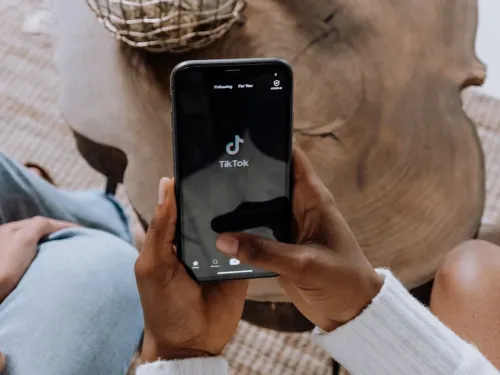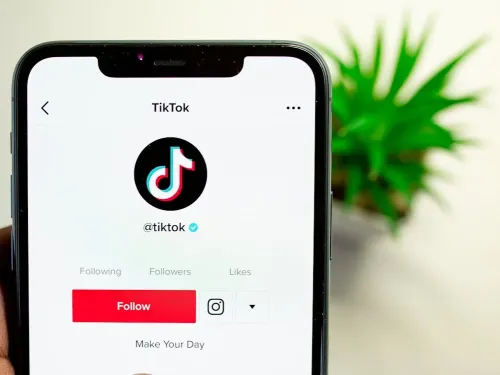Date and Time
Sat, 1 Feb 2025 19:00 - 21:00 CET
Papendorpseweg 91 (Building E)
3528 BJ Utrecht
Psychological Principles Behind Conversion Optimization: How Behavioral Insights Strengthen Your CRO Strategy
Your website attracts many visitors, but they leave without taking (the desired) action. A missed opportunity! This is where CRO (Conversion Rate Optimization) comes into play. If you're wondering why your visitors aren't converting, it might be because you're not yet, or not sufficiently, tapping into the psychology of human behavior.
What is a conversion?
To understand what conversion optimization can mean for you, it's important to know what a conversion actually is. A conversion is an action taken by the visitor on the website that is important for a business. This can vary depending on the goals of a company or website. For an e-commerce webshop, a conversion goal might be making a purchase, while other companies want a visitor to request a quote. Here are some examples of common conversions:
- A purchase; the visitor buys a product or service on the website.
- A quote request; the visitor requests a quote for a product or service on the website.
- A sign-up; the visitor signs up for, for example, the newsletter or a webinar.
- A form submission; the visitor fills out a specific contact form.
- A registration; the visitor registers on the website and creates an account.
- A click on a link; the visitor clicks on, for example, an advertisement, which generates income for the website owner.
The conversion rate
To make the performance of pages, elements, and campaigns insightful, the conversion rate is often used. You measure the conversion rate by dividing the number of visitors who perform the desired conversion (like the examples above) by the total number of visitors to your website or specific page. You then multiply this result by 100 to get a percentage.
An example: Suppose you have 5000 visitors to your website in a month and 150 visitors made a purchase. The conversion rate is then calculated as follows:

The conversion rate in this example is 3%.
How does conversion optimization work?
CRO (conversion rate optimization) is a systematic process that is continuously repeated. It starts with conducting a comprehensive analysis from which hypotheses are formed, which are then designed, tested, and eventually implemented. The results are analyzed to learn from them and to form new hypotheses.
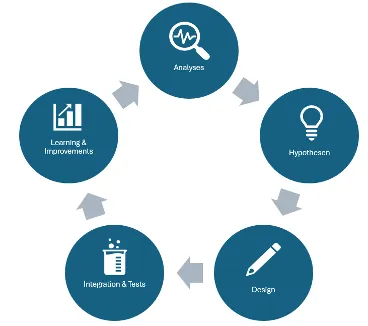
Conversion optimization goes beyond just design and usability; it's about the right behavioral insights that determine whether someone takes action or not. In this blog, we dive into what conversion optimization exactly is and discuss five proven strategies that help you significantly boost that conversion rate.
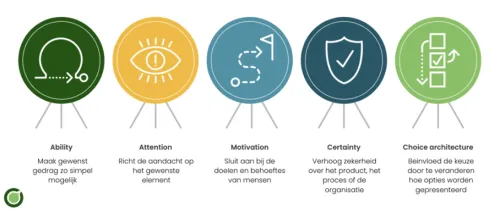
BOOM Model Online Dialogue: 5 Optimization Strategies
- Ability: Make desired behavior as simple as possible
Visitors are easily distracted and don't want to put in too much effort. Therefore, ensure that performing the desired action is simple. A clear path to conversion without unnecessary steps increases the chance that visitors will actually convert. Amazon cleverly taps into this with their 'Buy Now' feature, allowing customers to check out directly without extra steps. This shortens the purchase process and guides the customer more quickly through the customer journey, reducing the chance of dropping out during checkout.
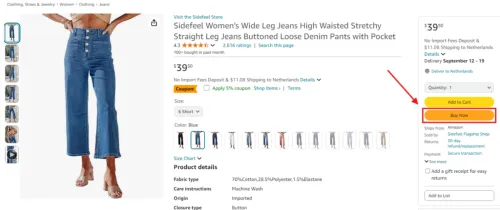
- Attention: Focus attention on the desired element
In a sea of online stimuli, it's essential to focus your visitor's attention on what really matters. Ensure that your main message or call-to-action button stands out clearly. This can be done through the use of color, positioning, or even moving elements that attract attention. Apple, for example, places clear and prominent call-to-action buttons on their product pages, such as the “Buy” button that stands out visually through color and placement.
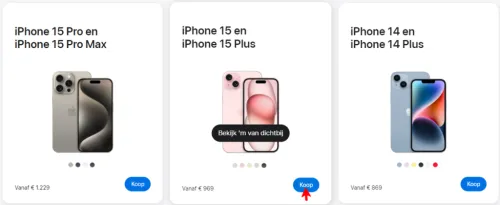
- Motivation: Align with people's goals and needs
People are motivated by their own goals and needs. If your offer aligns with what they are looking for, they are more likely to take action. Use language and images that reflect the target audience and highlight the benefits that are relevant to them. Nike does this, for example, with motivating slogans like “Just Do It” and images that emphasize performance and personal goals. Clearly communicating USPs such as “Free shipping” or “24/7 customer service” can also motivate visitors to make a purchase.
- Certainty: Increase certainty about the product, process, or organization
Uncertainty is one of the biggest barriers to conversion. By building trust, for example through customer reviews, guarantees, or clear communication, you can eliminate this uncertainty. Visitors want to know that they are making the right choice and that they won't face surprises. A company that taps into this well is Booking.com. Booking.com, for example, increases certainty by clearly displaying customer reviews and accommodation ratings, which strengthens the trust of potential customers.
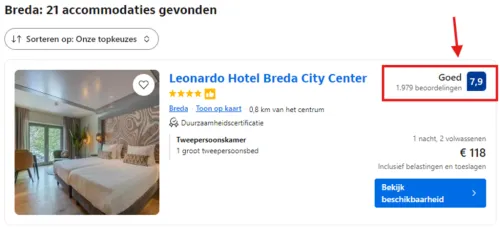
- Choice Architecture: Influence choice by changing how options are presented
Too much choice can overwhelm visitors, making it difficult for them to make a decision. By limiting the number of options and clearly naming the main choice, you can subtly guide them to the desired action without applying pressure. An example of this is showing “Most ordered products” or pre-setting a “sort by” function. Coolblue does this well by marking “Coolblue's Choice,” which helps customers make a decision more quickly.
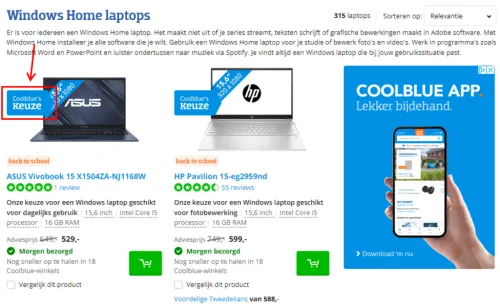
Spotify also taps into this well by offering different subscriptions, such as Individual, Student, Duo, and Family. They mark the “Individual” subscription with a striking pink button “Try it free for 3 months” and emphasize the free trial period. This attracts users' attention and encourages them to choose this option, especially since it's the first option they see and immediately seems attractive due to the free offer. This is a good example of how you can subtly steer users towards a desired choice with Choice Architecture.

Why CRO Works
These strategies are based on proven psychological principles. They help you better respond to your visitors' behavior, which directly leads to higher conversion rates. At Follo, we use these insights daily to take our clients to the next level.
Want to know more about how these principles can increase your conversions? Contact us and discover what we can do for you.

